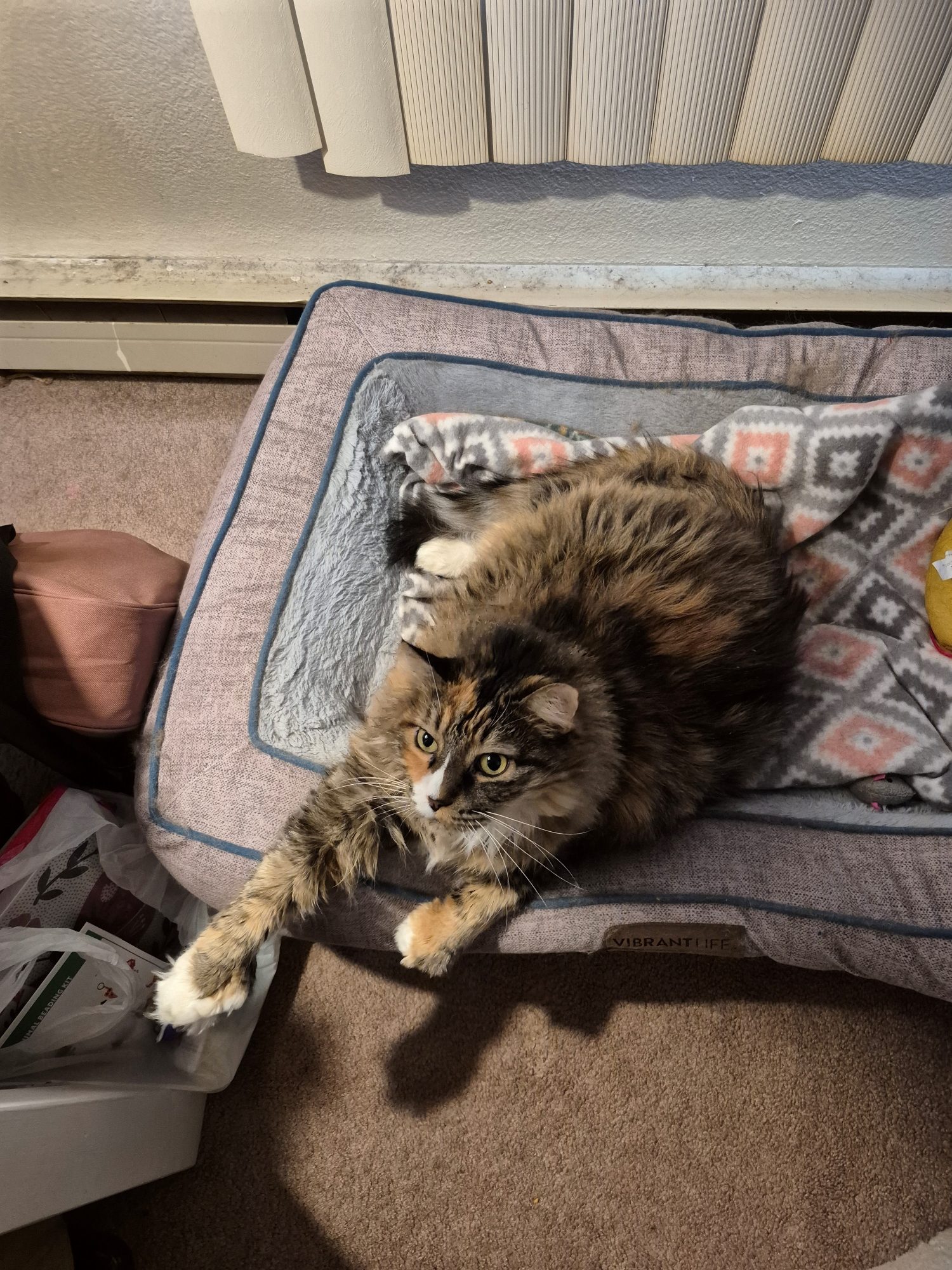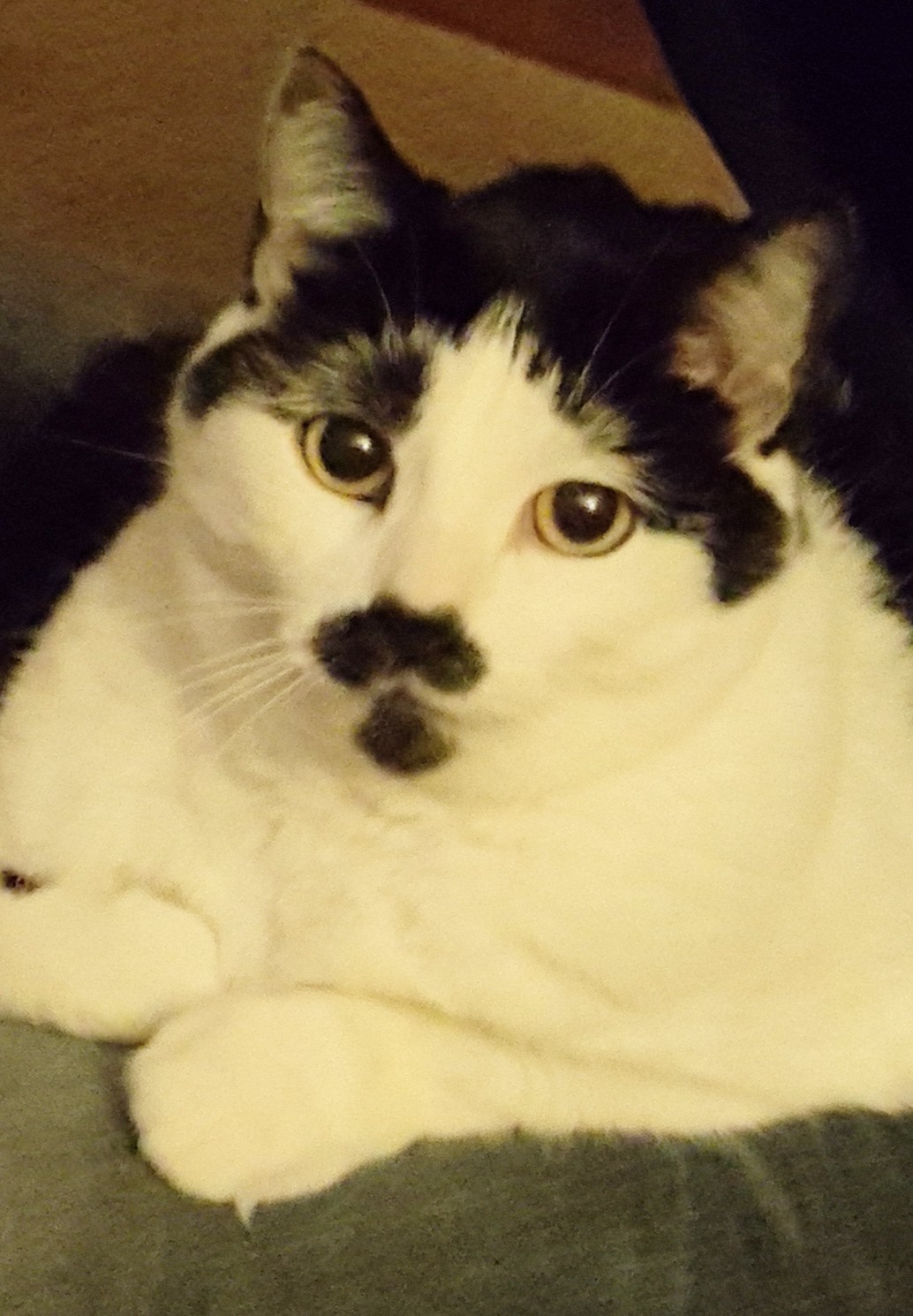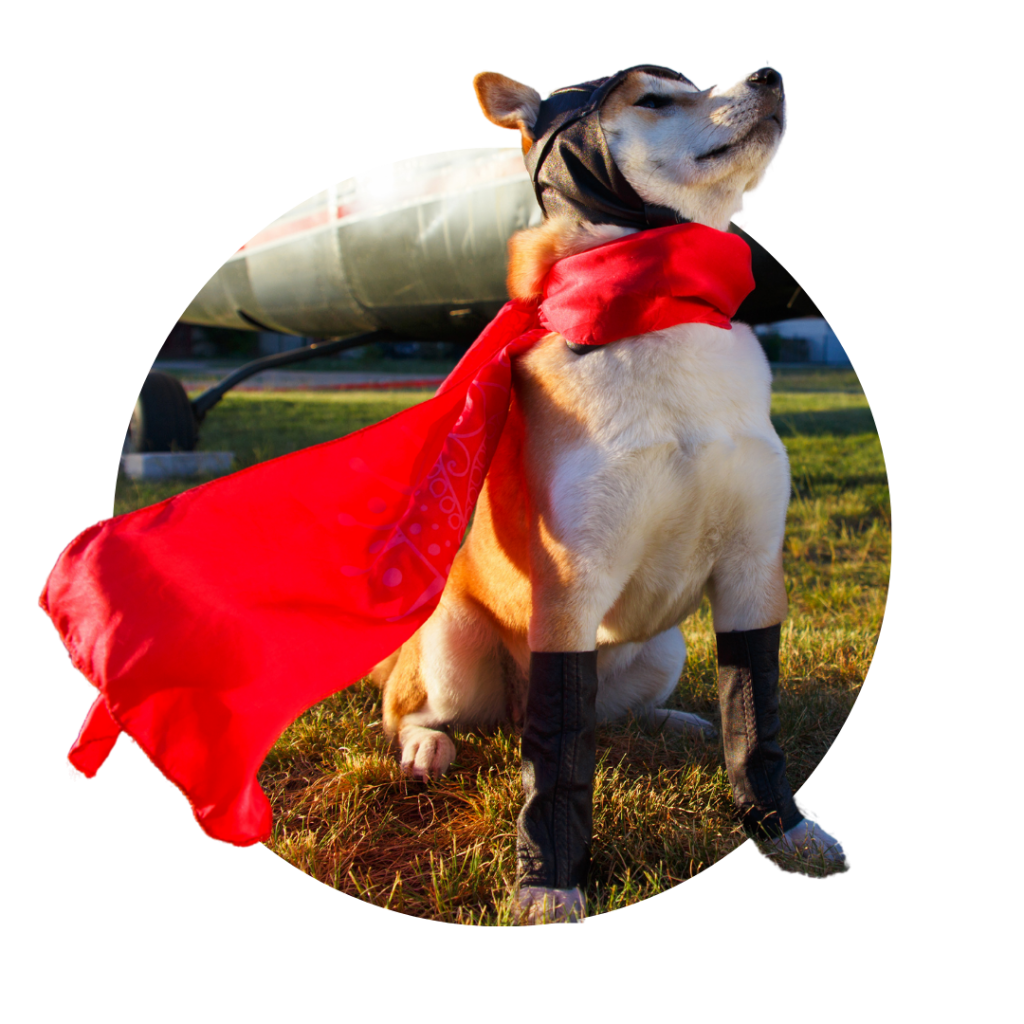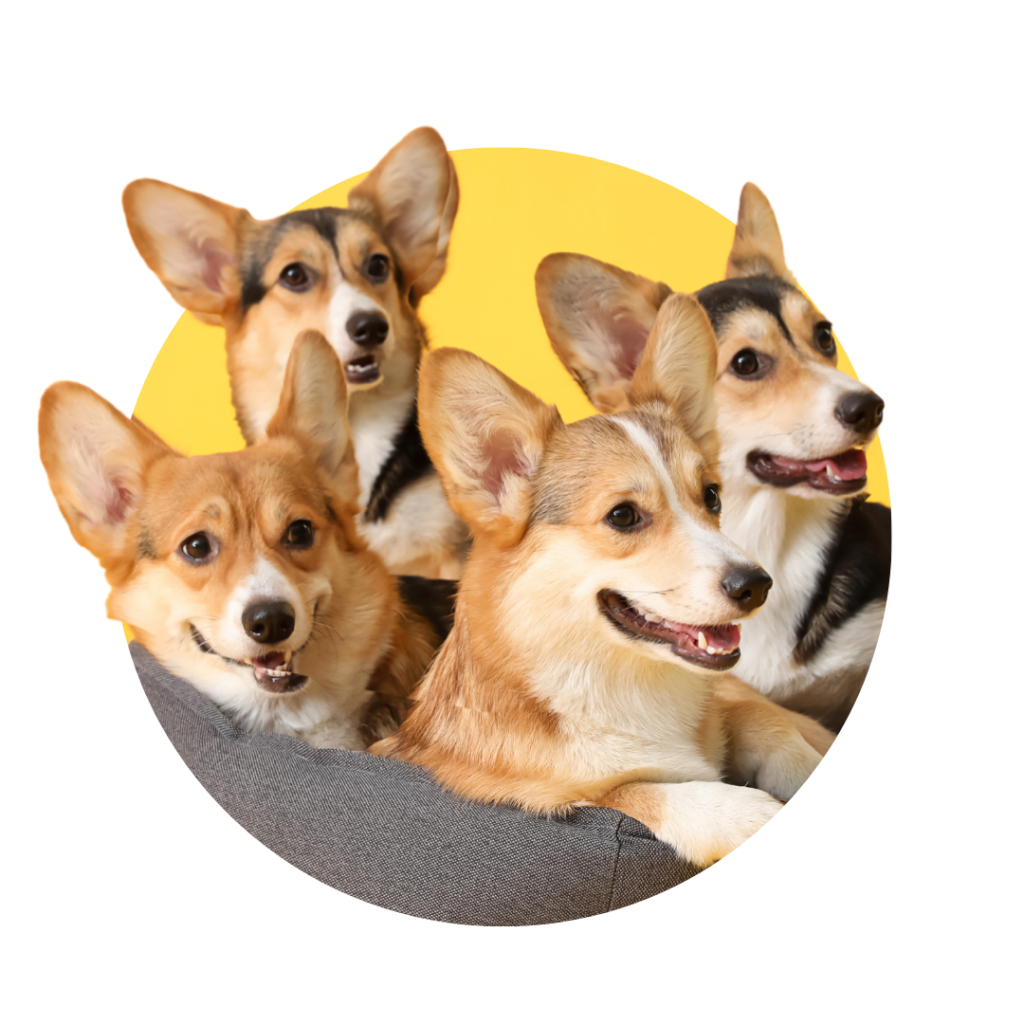
Managing Multi-Generational Teams in Veterinary Practices
-
Sarah Sieben
- Management



In today’s veterinary practices, it’s not uncommon to see team members ranging in age from 18 to 70, and everything in between. From Baby Boomers to Gen Z, each generation brings its own strengths, communication preferences, and work habits to the table. This diversity can be a tremendous asset, but it can also present challenges if not managed intentionally.
Here’s how veterinary practices can bridge generational gaps, encourage mutual respect, and create a thriving, collaborative workplace.

First it’s important to recognize the broad characteristics of each generation currently in the workforce:
Generation Z (born 1997-2012): Digital natives who value diversity, flexibility, and authenticity. Eager to learn but may need coaching on professional norms.
Baby Boomers (born 1946-1964): Value experience, loyalty, and face-to-face communication. Often more formal in professional interactions.
Generation X (born 1965-1980): Independent, pragmatic, and value work-life balance. Adaptable with technology but often skeptical of constant change.
Millennials (born 1981-1996): Team-oriented, tech-savvy, and purpose-driven. Prefer collaboration and frequent feedback.
Understanding these general traits helps leaders anticipate potential friction points and leverage the unique value each generation offers.

Miscommunication is a common pitfall in multi-generational teams. For example, an older team member may prefer a phone call, while a younger colleague might lean heavily on messaging apps.
Tips:

Instead of trying to get everyone to work the same way, find ways to complement skills across generations.
When each generation feels their strength are seen and appreciated, collaboration naturally improves.

Veterinary medicine is always evolving, and so should your team’s skills and understanding of each other. Hosting internal lunch-and-learns, mentorship programs, or peer-shadowing days can help break down stereotypes and build trust.
Example: A senior technician might teach a younger vet assistant hands-on restraint techniques, while the assistant shows them how to use a new app for scheduling.

Flexibility is key to retention, especially with younger generations. That doesn’t mean older generations won’t appreciate it too.

Team culture matters. Create intentional opportunities for team bonding that aren’t forced or generationally exclusive.
Veterinary practices that embrace generational diversity will reap the benefits of broadened perspectives, improved client service, and stronger team resilience. With intentional leadership, empathy, and open communication, your multi-generational team can thrive and not just coexist.
Let your practice be a place where every generation learns from the others, and where the shared goal of compassionate animal care unites the whole team.